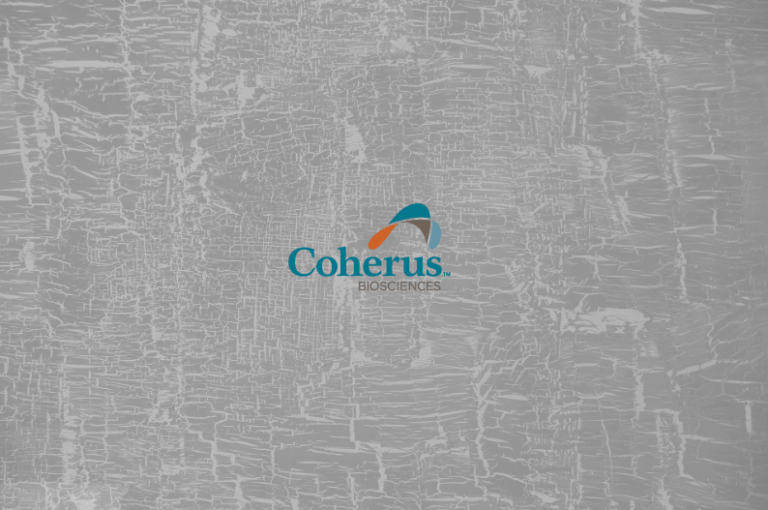
The biosimilar space is relatively young. Only across the last handful of of years has the FDA put firm regulatory processes in place for the approval pathway, and only a couple of biosimilar drugs – Zarxio, Inflectra – have picked up approval in the US.
A few companies are attempting to push biosimilars through to commercialization right now, and one of them is Coherus Biosciences Inc (NASDAQ:CHRS). The company just announced topline from its lead study, and is up nearly 30% heading into the bell on Tuesday. Here’s what to look out for next.
First, let’s run through the concept of biosimilars. Those familiar with the biotech space will already be familiar with the concept of generic drugs. Generic drugs are exact copies of branded drugs that companies bring to market once the patent and any other protection expires on the branded drug in question. They are sold cheaper than the branded alternative, and will often undermine and overtake the branded market for an established drug. Biosimilar is exactly the same concept, but with a couple of key differences. Generic drugs are exact copies of their reference (the term used for the branded) drug, which is possible because of the small size and relatively non complex nature of chemically created drugs. This isn’t possible with biologic drugs (drugs created from living cells) as they are much larger, and far more complex. Instead of making an exact copy, therefore, a company producing a biologics drug must make a version that is as close as possible to the reference drug, and then use its regulatory pathway to prove this similarity. The closer it gets, the higher the chances of approval.
Coherus’s candidate is called CHS-1701, and its reference drug is Neulasta, an oncology drug developed and sold by Amgen, Inc. (NASDAQ:AMGN). The latter is a febrile neutropenia target, which is a condition that generally comes about as a result of chemotherapy. It is defined as a lack of white blood cells in the blood, and Neulasta is administered alongside chemotherapy to boost the WBC count. It’s basically administered with every patient that receives chemotherapy (there are a few exceptions to this, but not many) and so commands pretty huge revenues. This year Amgen expects to pull in around $4.4 billion from Neulasta alone, and this is taking into account a potential reduction based on biosimilar competition.
So, if Coherus can prove to the FDA that its CHS-1701 candidate is comparable to Neulasta, there’s the potential for a real windfall for Coherus.
How, then, did the drug perform?
Well, the company tested the drug in healthy patients, split into three groups, and each group had three separate treatments. Across 122 volunteers, the drug met a host of co-primary endpoints (hitting the mark on each predefined point). The endpoints were pharmacokinetic and pharmacodynamics based (as this is the only real way to test equivalence in healthy volunteers), and the latest data served as a follow on to PK/PD data already addressed earlier in the year.
Bottom line, things look good. The drug seemingly matches the biological profile of Neulasta in the dose tested (6 mg, subcutaneous) and this paves the way for a BLA filing going forward.
This is what we are looking at as the next major catalyst.
We’ve mentioned that the company is up nearly 30% on the latest data, but there’s plenty of potential further upside come filing time. The company expects to submit the biosimilar BLA for CHS-1701 during the second half of this year (this was initially expected to happen during the second quarter of this year, but it looks as though there’s a delay on these expectations). The approval period for a BLA generally falls in line with that of a standard NDA, so once accepted (and post the standard 60-day filing period) then we are probably looking at around 10 months before the agency serves up its final word on the application. As such, some time during the late first half of 2017 (say, mid to late second quarter) is the time to watch for a decision. One to keep an eye on in a space that is, as yet, relatively unexplored.




